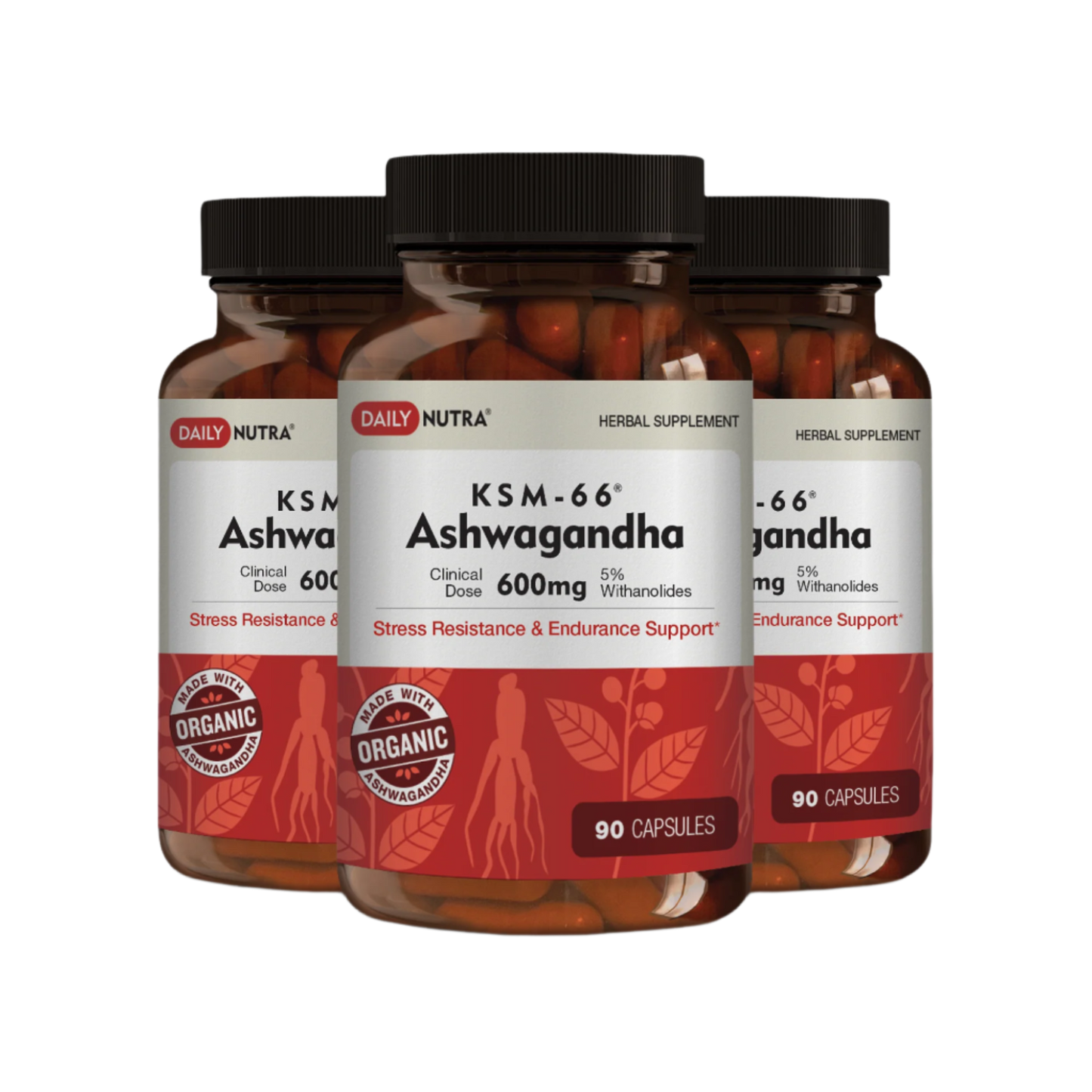
Long overlooked or misunderstood, turkey tail mushrooms (Trametes versicolor) are finally earning their place in the modern wellness spotlight.
With their vibrant, multicolored rings and unmistakable fan-like shape, these mushrooms grow abundantly on fallen logs and tree stumps.
But their appeal goes far beyond their aesthetic.
Across cultures and centuries, turkey tail has been revered for its immune-boosting and disease-fighting capabilities (1).
Still, most people aren’t quite sure what to do with them once found or purchased.
They're woody, fibrous, and far from the buttery portobello most associate with mushrooms.
But don’t be fooled by the texture—this tough fungus holds a potent payload of beta-glucans, polysaccharopeptides (PSP), and antioxidants (2).
The key to unlocking their power? Proper preparation.
In this guide, we’ll explore every method of preparing turkey tail mushrooms—from harvesting in the wild to drying, brewing, decocting, and storing—so you can reap their full health benefits with confidence and care.

The First Step of Turkey Tail Mushroom Preparation
Foraging for turkey tail mushrooms is an adventure in itself.
They thrive year-round in wooded areas, especially temperate forests, where they cling to dead hardwood like oak, maple, and beech.
Look for clusters of fan-shaped caps with colorful bands in shades of brown, grey, blue, and rust.
Their undersides are pure white with tiny pores—a crucial identifying feature that separates true turkey tail from lookalikes.
Before harvesting, triple-check your identification.
While turkey tail is non-toxic, some mimics like Stereum ostrea (false turkey tail) lack the medicinal compounds you’re after.
A spore print and texture test can help; real turkey tail has a leathery resilience and forms a white spore print.
Always harvest responsibly. Take only what you’ll use and leave enough for the ecosystem to thrive.
Mushrooms help decompose dead wood and feed countless organisms in their environment.
Cleaning: Stripping Away the Forest
Once harvested (or purchased from a reputable source), cleaning is your first step.
Since turkey tail grows on wood, it often comes with moss, dirt, insects, and bark fragments.
Never soak them; these mushrooms are absorbent and can become moldy when waterlogged.
Instead, use a soft brush, toothbrush, or cloth to gently remove debris. If needed, a quick rinse under cool water followed by immediate pat-drying with a towel can work.
Spread them out on a rack or screen to air dry completely before proceeding with any preparation method.

Dry It Right: Turning Fresh Finds into Long-Term Wellness
Drying not only concentrates the mushroom’s compounds but also extends its shelf life by months or even years.
There are several drying methods:
Air Drying
Ideal for those in low-humidity environments.
Place the cleaned mushrooms in a single layer on a screen in a place with good ventilation and shade from the sun.
Turn them daily for even drying. This process can take several days.
Dehydrator
A food dehydrator set to 100–120°F (37–49°C) offers a quicker, controlled option.
Slice larger pieces to speed up the process. It usually takes 8–12 hours, depending on size and moisture.
Oven Drying
Use your oven on its lowest setting, ideally below 150°F (65°C), with the door slightly ajar to release moisture.
Line a baking tray with parchment and rotate the mushrooms regularly to avoid scorching.
Once brittle, store them in airtight containers away from light and moisture. Vacuum sealing is even better if you plan to store them for years.
Decoction: The Classic Turkey Tail Tea
The most traditional method of turkey tail consumption is tea—or more accurately, a decoction.
This involves simmering dried mushrooms over low heat for an extended period to extract the medicinal compounds locked in their tough fibers.
Steps to Make Turkey Tail Tea:
- Break up dried turkey tail into smaller pieces using kitchen shears or your hands.
- Add 1–2 tablespoons per cup of water into a stainless steel pot.
- Simmer gently for at least 1 hour, up to 3 hours for a stronger brew
- Strain through a fine sieve or cheesecloth.
- Enjoy it hot or cold. Flavor is earthy and slightly woody and pairs well with lemon, ginger, or honey.
You can keep this tea in the fridge for up to a week. Drink a small cup daily for immune support or during illness recovery.
Double Extraction: Tincture for Full-Spectrum Benefits
Some medicinal compounds in turkey tail are water-soluble, while others—particularly the antioxidant triterpenoids—require alcohol for extraction (3).
Double extraction captures both.
How It Works:
First Extraction (Decoction): Simmer dried mushrooms in water for 2–3 hours. Strain and retain the liquid.
Second Extraction (Alcohol): Take the strained mushroom solids and soak in 80–100 proof alcohol (vodka works well) in a glass jar for 2–4 weeks. Shake daily.
Combine: Strain the alcohol, then mix it with the water decoction at a 1:1 ratio. Store in dropper bottles away from sunlight.
This tincture delivers a powerful, portable dose of immune support and can be taken in 1–2 mL increments, 1–3 times per day.

Blending and Powdering: For Smoothies, Capsules, and More
Turkey tail can also be prepared by grinding dried pieces into a powder.
After that, this powder can be encapsulated for use as a supplement or added to smoothies and broths.
Use a high-speed blender or coffee grinder reserved only for mushrooms.
Sift the powder to remove larger fibrous bits.
Note: Consuming powder means ingesting indigestible chitin unless it's been hot-water extracted, so it’s best used in combination with tea or as part of a hot drink.
Turkey Tail Broth and Soup Infusion
Turkey tail also pairs well with soups and broths.
Simmering them in bone broth or vegetable stock adds their immune-supportive benefits without overpowering the flavor.
Simply add 4–5 dried pieces to your simmering pot of soup and remove before serving.
Their chewy texture doesn't break down, so they aren’t typically eaten directly but impart their goodness during cooking.
Fermentation and Kombucha Additions
Some advanced users experiment with fermenting turkey tail tea or using it as a base for kombucha brews.
This can amplify probiotic synergy and create a tangy, functional wellness beverage.
Always use proper sanitation and brewing techniques to avoid contamination.
Storage Best Practices
Keep dried turkey tail in dark, cool storage in an airtight container. Glass jars or Mylar bags with oxygen absorbers are ideal.
Tinctures should be stored in amber glass bottles away from heat and light.
Prepared teas can be refrigerated for up to a week, while powders should be kept sealed to avoid clumping.
To Finalize
Turkey tail mushroom preparation isn’t just a step toward better health—it’s a ritual that connects us to centuries of herbal wisdom and the healing power of nature.
From the wild forests to your kitchen pot, each phase of preparation unlocks different layers of benefit, flavor, and tradition.
Whether you’re brewing tea for daily wellness, crafting a double-extraction tincture, or blending up a superfood smoothie, your commitment to thoughtful preparation ensures the turkey tail delivers everything it’s meant to.
This ancient fungus may be tough on the outside, but once you learn how to prepare it right, it’s a gentle, powerful ally in your wellness journey.
🍄 Ready to Brew Your Wellness? Start with a Simmer, Stay for the Strength. Tap into nature’s power today! ✨
FAQs on The Ultimate Guide to Turkey Tail Mushroom Prep
Can I eat turkey tail mushrooms raw?
No. Raw turkey tail is extremely tough and difficult to digest. Cooking or brewing is required to access its medicinal properties.
How long does dried turkey tail last?
Properly dried and stored, turkey tail can last up to two years without significant loss of potency.
What’s the difference between tea and tincture?
Tea extracts water-soluble compounds like beta-glucans. Tincture includes alcohol-soluble compounds like triterpenoids for full-spectrum benefits.
How often should I drink turkey tail tea?
Many people drink it daily, especially during cold and flu season. Start with a small cup and see how your body responds.
Can I reuse mushrooms after making tea?
You can reuse them once or twice, though their potency drops. Alternatively, use spent mushrooms in compost or garden beds.
Related Studies
1. Title: "Efficacy of adjuvant immunochemotherapy with polysaccharide K for patients with curative resections of gastric cancer"
This study demonstrates that Polysaccharide-K (PSK), derived from Trametes versicolor, improves survival rates in gastric cancer patients when used alongside chemotherapy.
Link: http://en.wikipedia.orgen.wikipedia.org
2. Title: "Trametes versicolor: A review of its pharmacological activities and clinical applications"
This review highlights the presence of bioactive compounds like beta-glucans and polysaccharopeptides (PSP) in Trametes versicolor, emphasizing their antioxidant and immune-modulating properties.
Link: https://en.wikipedia.org/wiki/Trametes_versicolor
3. Title: "Hot water extracts of Trametes versicolor enhance immune response in vitro"
This research indicates that hot water decoctions of Trametes versicolor effectively extract beta-glucans, which can stimulate immune cell activity.
Link: https://pmc.ncbi.nlm.nih.gov/articles/PMC4859555/





